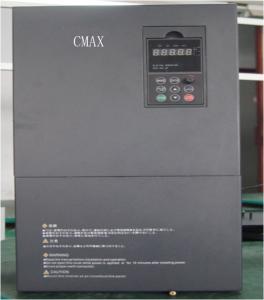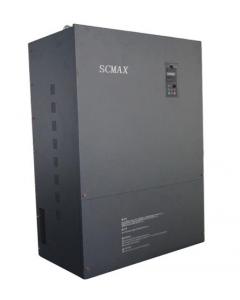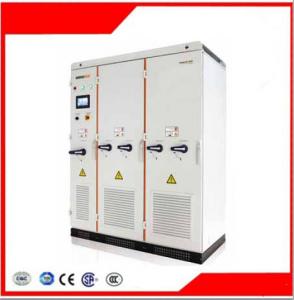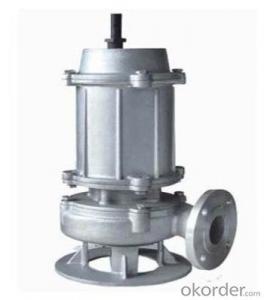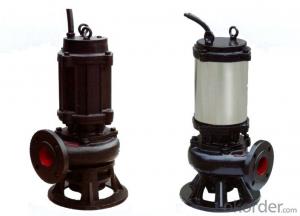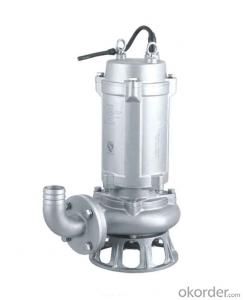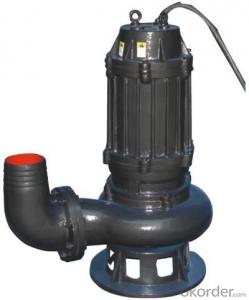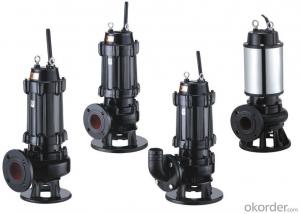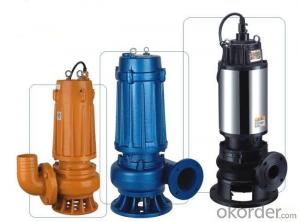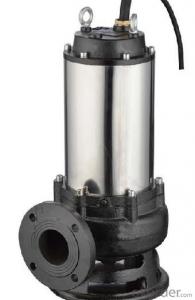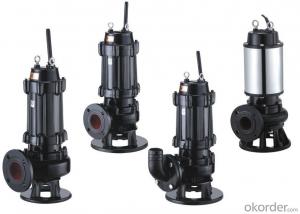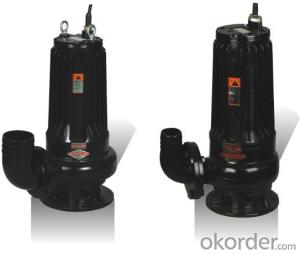Solar Field Inverter
Solar Field Inverter Related Searches
Solar Plant Inverter Solar Farm Inverter Solar Solar Inverter Sun Solar Inverter Solar Photovoltaic Inverter Solar Hybrid Inverter Solar System Inverter Solar Light Inverter Solar Energy Inverter Sunshine Solar Inverter Solar Electric Inverter Solar Power Plant Inverter Solar Converter Inverter Solar Charge Inverter Solar Panel Inverter Solar Battery Inverter Solar System Hybrid Inverter Solar Inverter Inverter Hybrid Solar Inverter Solar Module Inverter Solar Charger Inverter Solar Inverter Hybrid Inverter Solar Cell Solar Powered Inverter Inverter Solar Hybrid Solar Rechargeable Inverter Solar Grid Inverter Solar Power Inverter System Solar Smart Inverter Inverter SolarSolar Field Inverter Supplier & Manufacturer from China
Solar Field Inverters are essential components in solar energy systems, responsible for converting the direct current (DC) generated by solar panels into alternating current (AC) that can be utilized by the electrical grid or other AC-powered devices. These inverters play a crucial role in ensuring the efficient and reliable operation of solar energy systems, making them a vital product in the renewable energy industry.The application and usage scenarios of Solar Field Inverters are vast, as they are integral to both residential and commercial solar energy systems. They can be found in rooftop installations, ground-mounted solar farms, and even integrated into utility-scale solar power plants. These inverters help to maximize the energy output of solar panels and ensure that the generated power is compatible with the existing electrical infrastructure. By doing so, they contribute to the reduction of greenhouse gas emissions and the promotion of sustainable energy practices.
Okorder.com is a leading wholesale supplier of Solar Field Inverters, boasting a large inventory that caters to the diverse needs of the solar energy market. With a commitment to quality and customer satisfaction, Okorder.com offers a wide range of inverters from reputable manufacturers, ensuring that customers have access to reliable and efficient products. By providing a comprehensive selection of Solar Field Inverters, Okorder.com supports the growth and development of renewable energy solutions worldwide.
Hot Products












